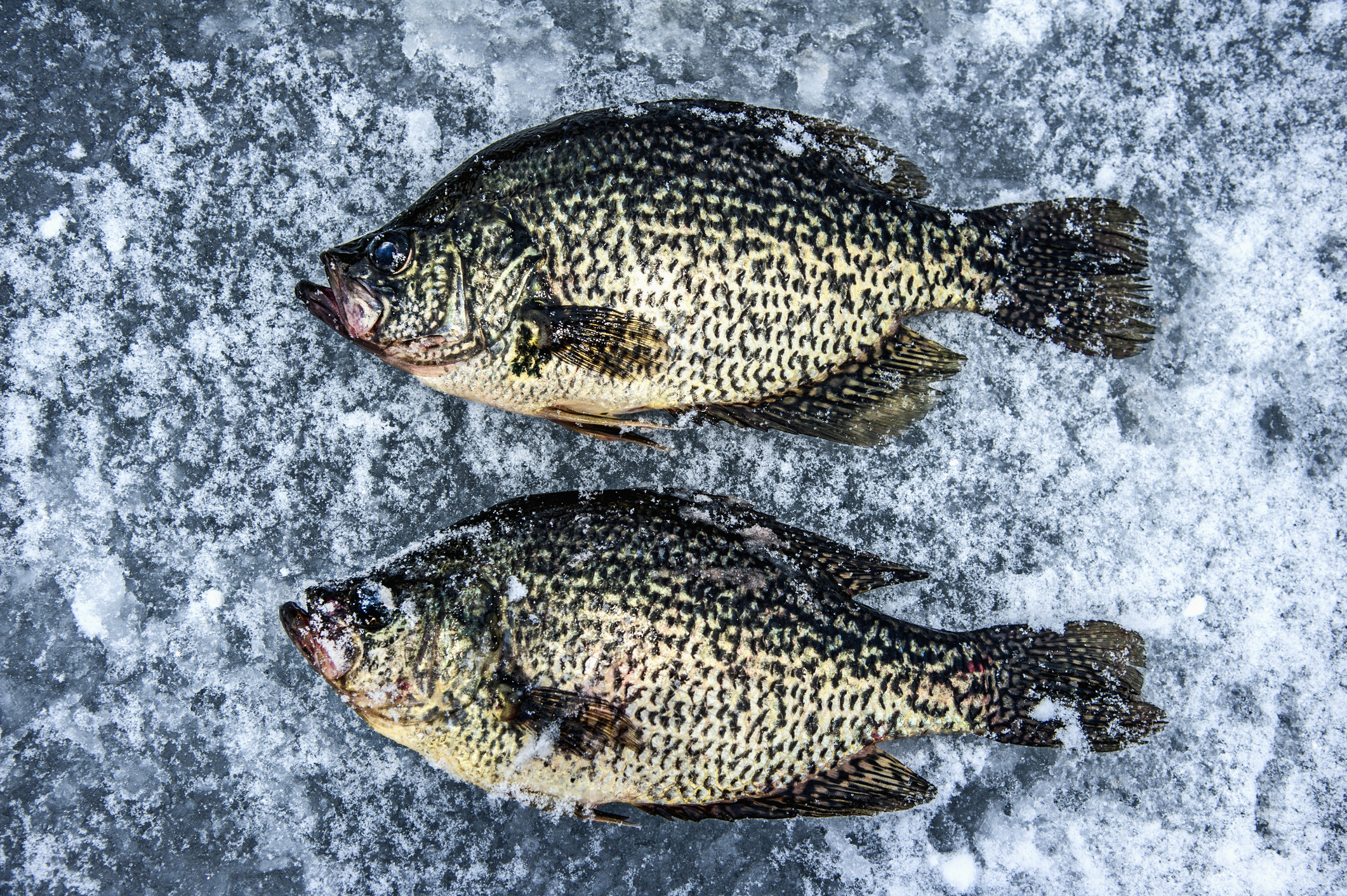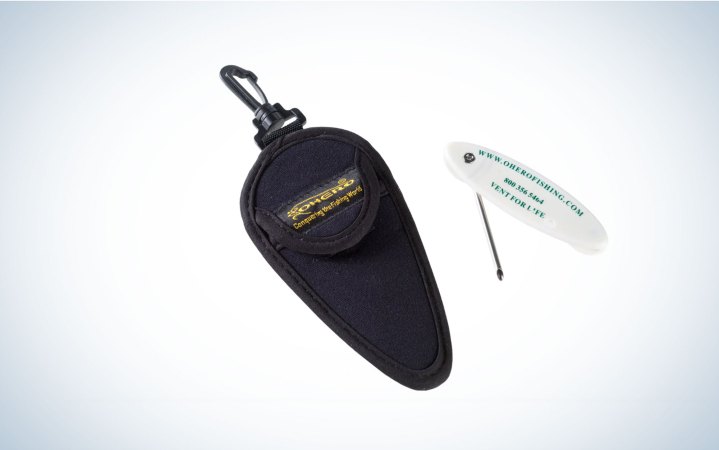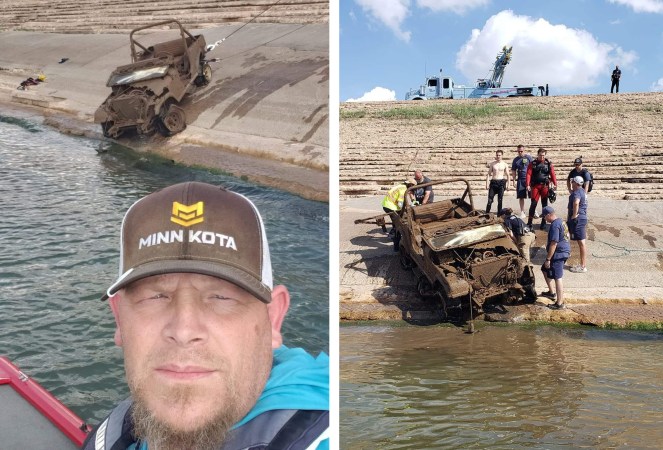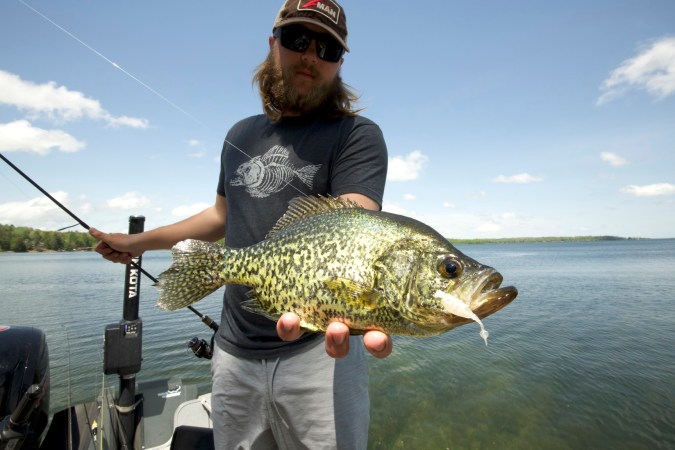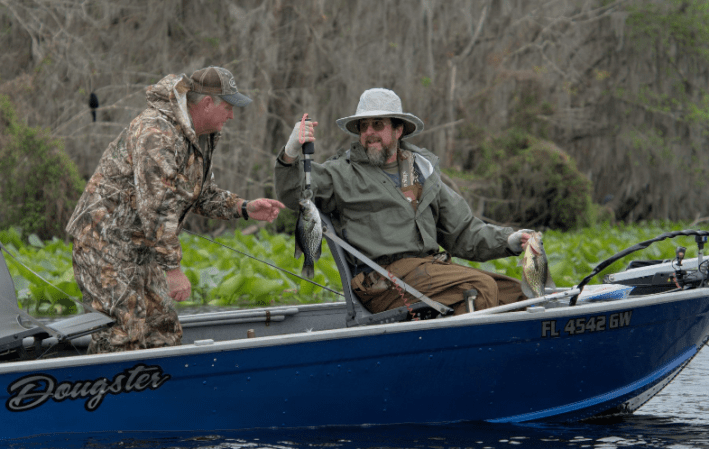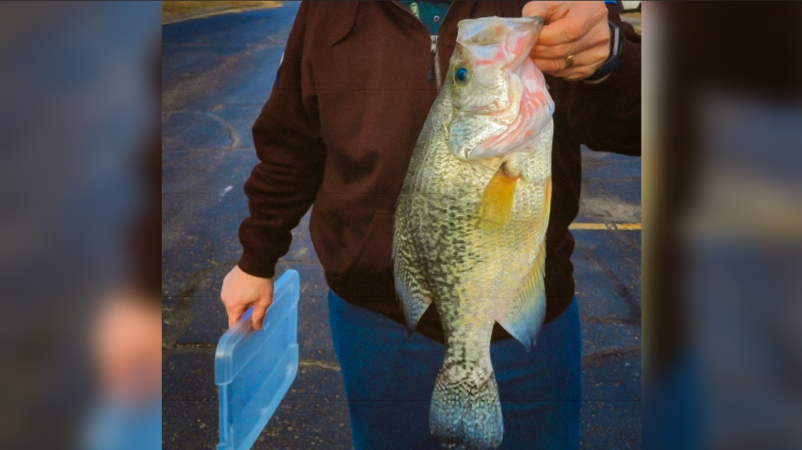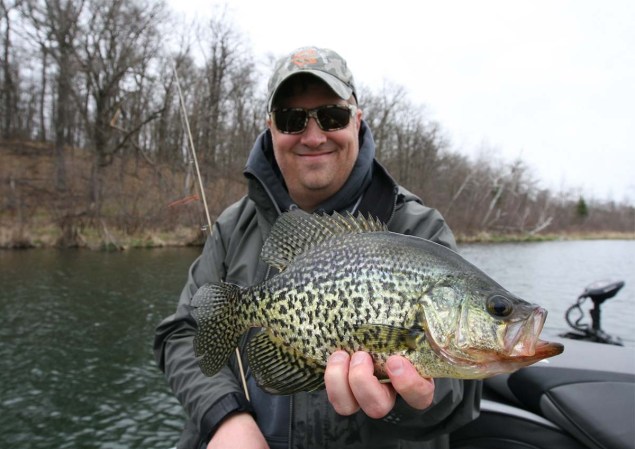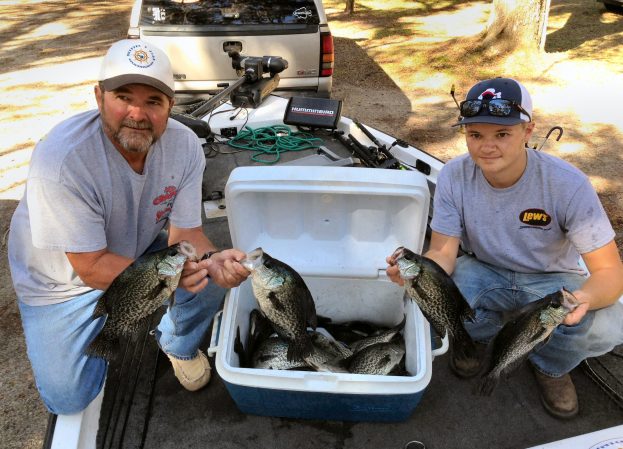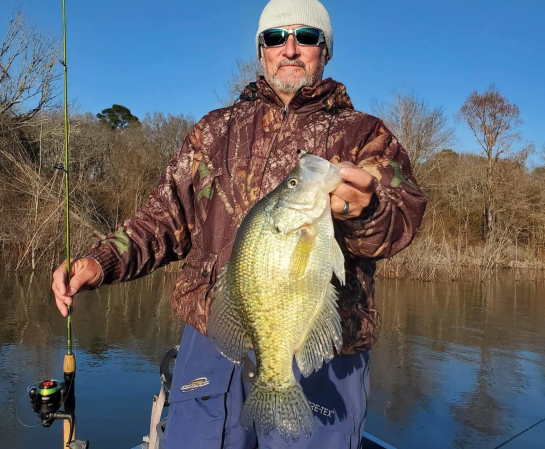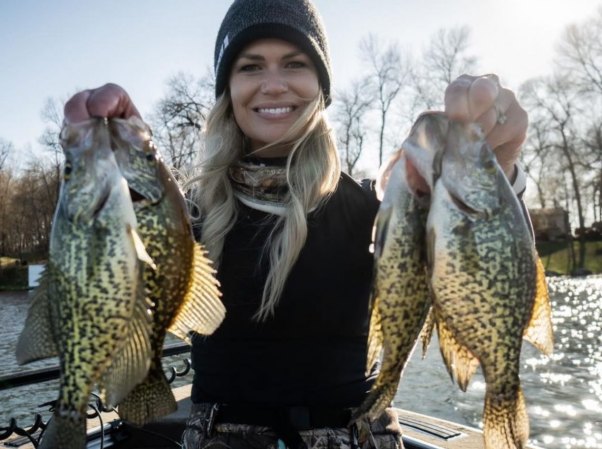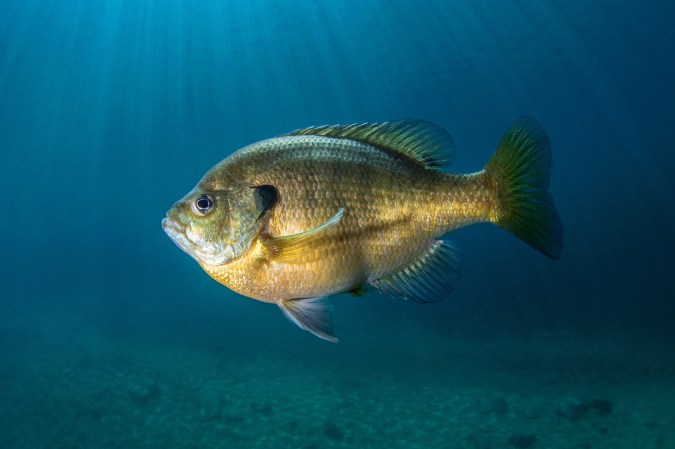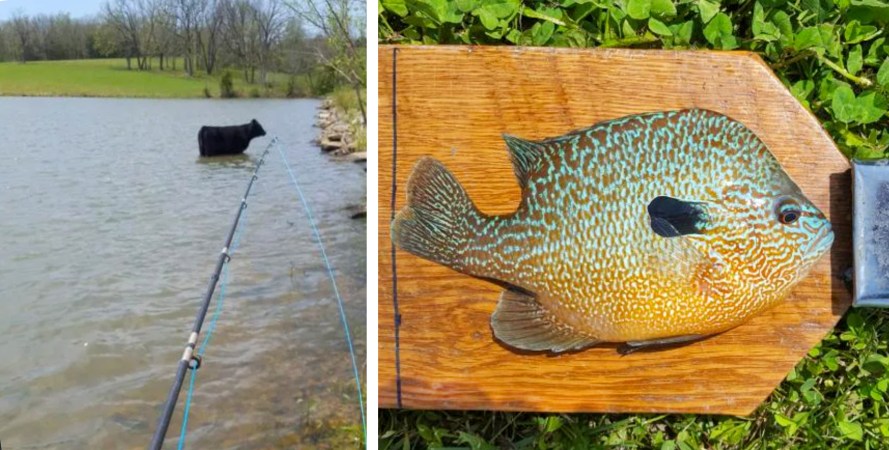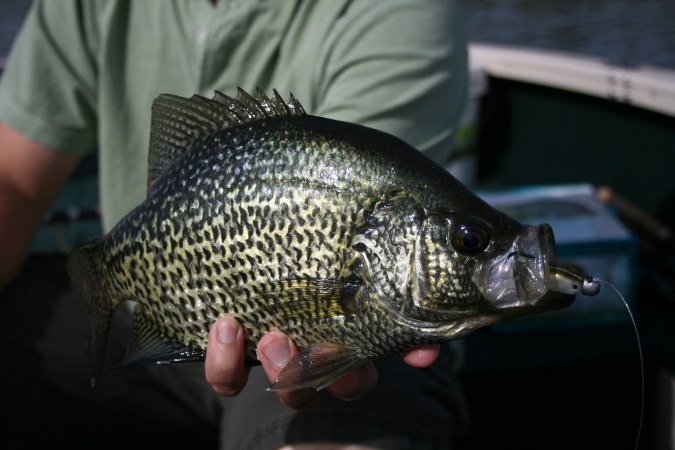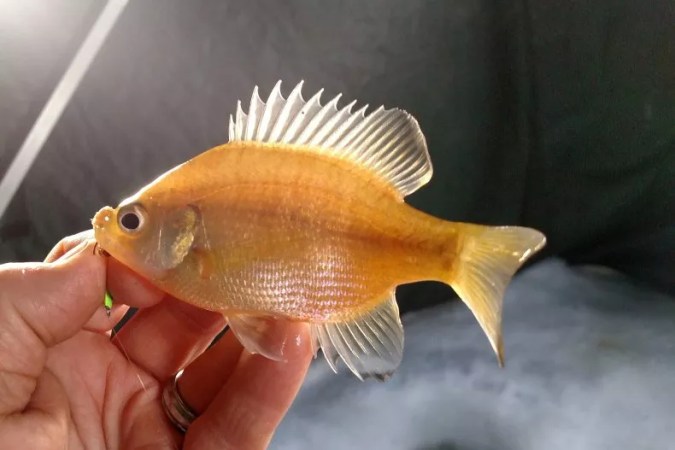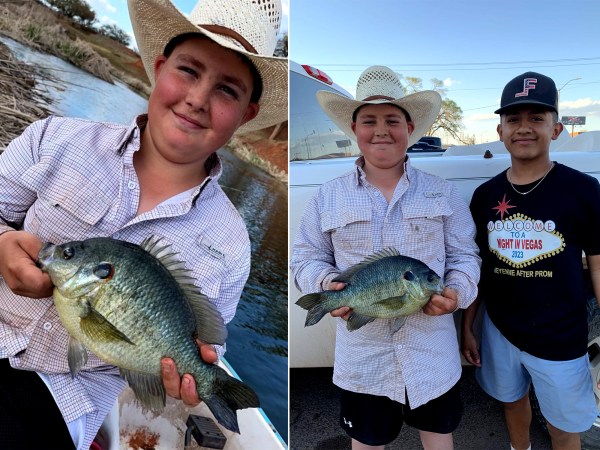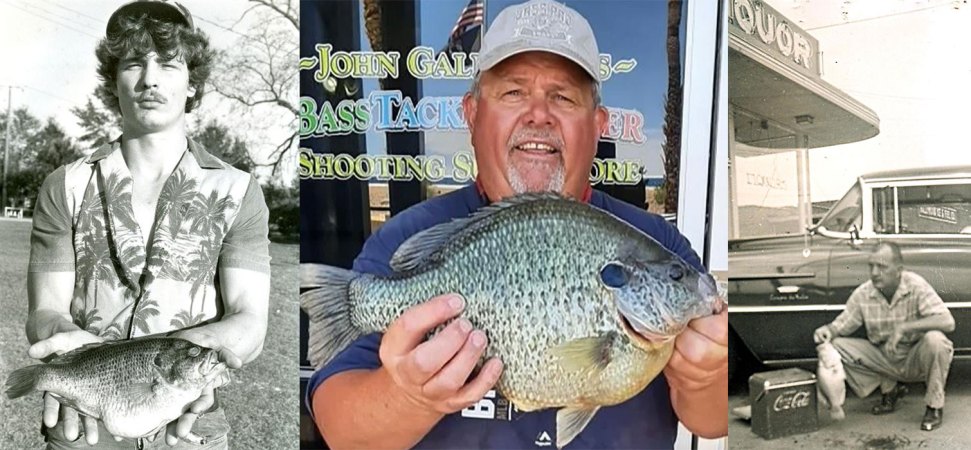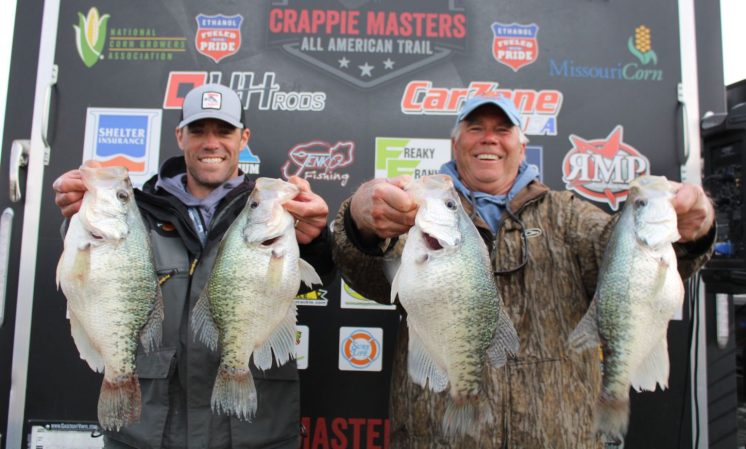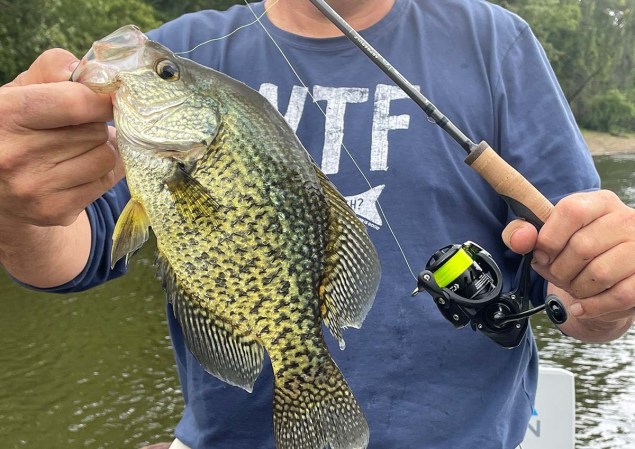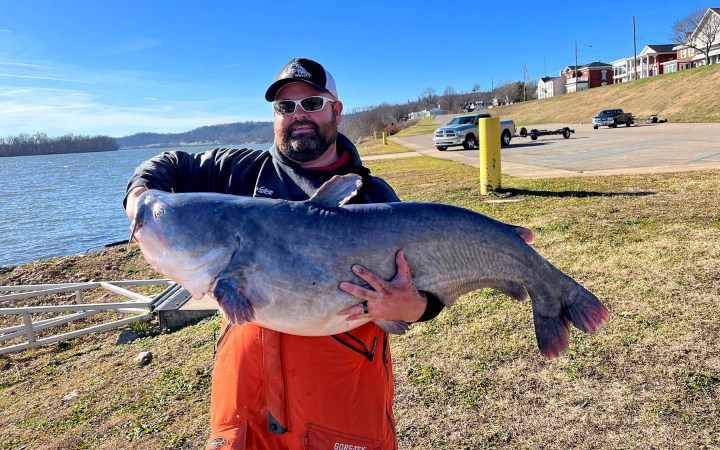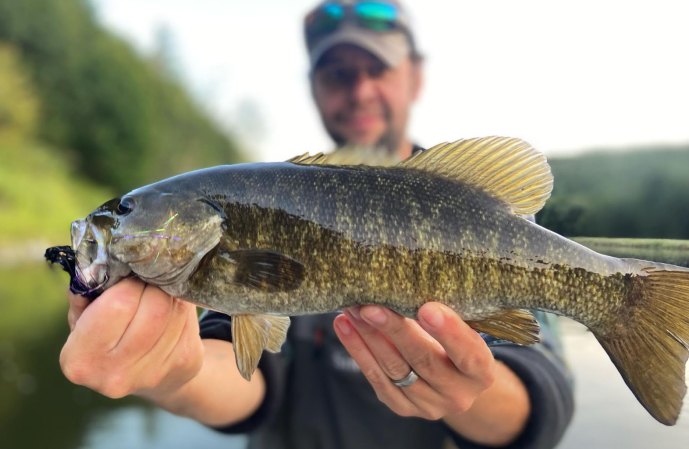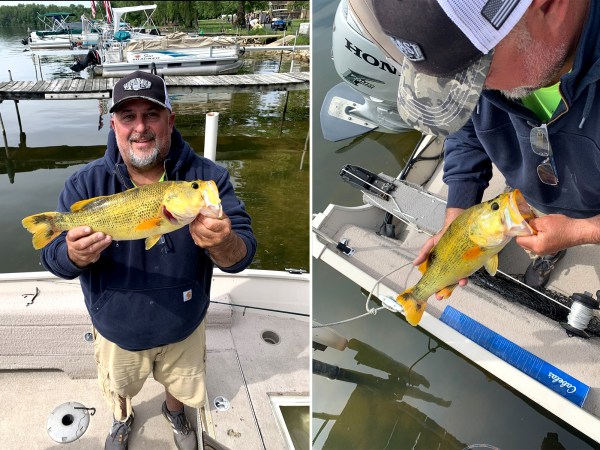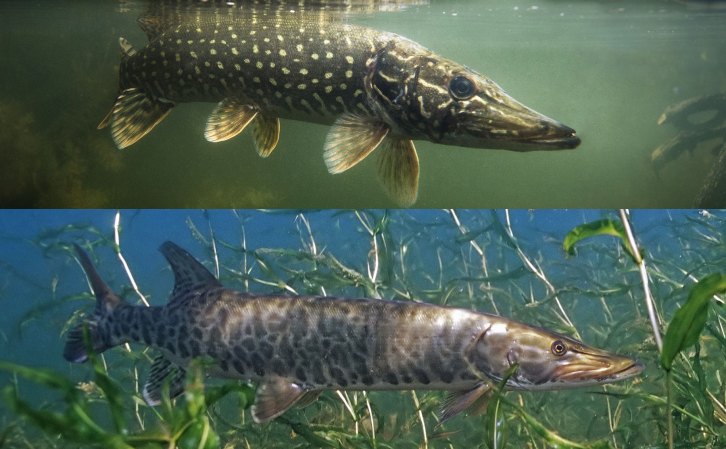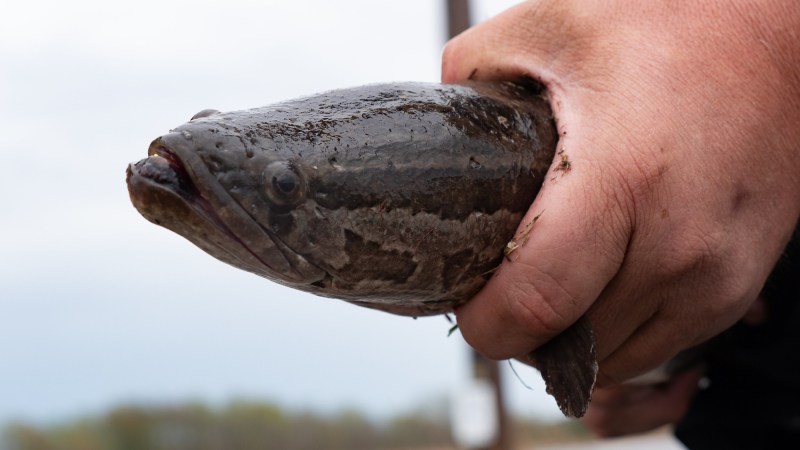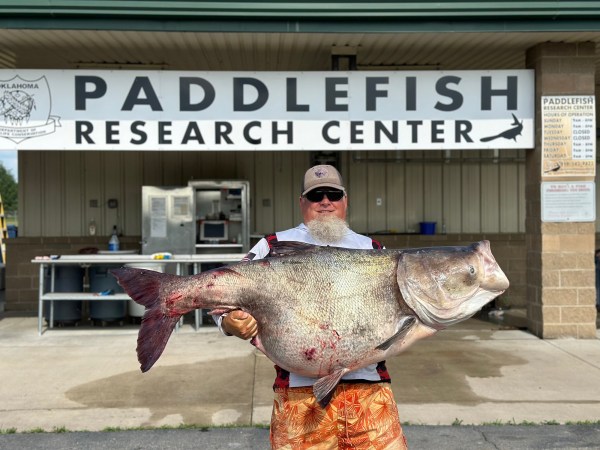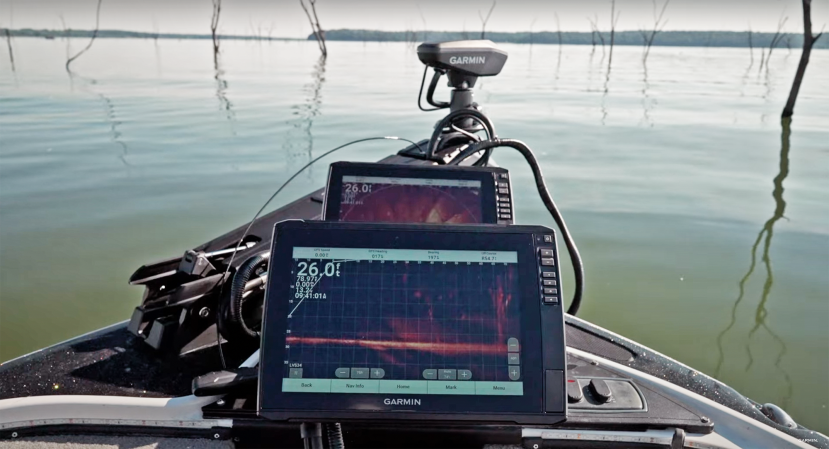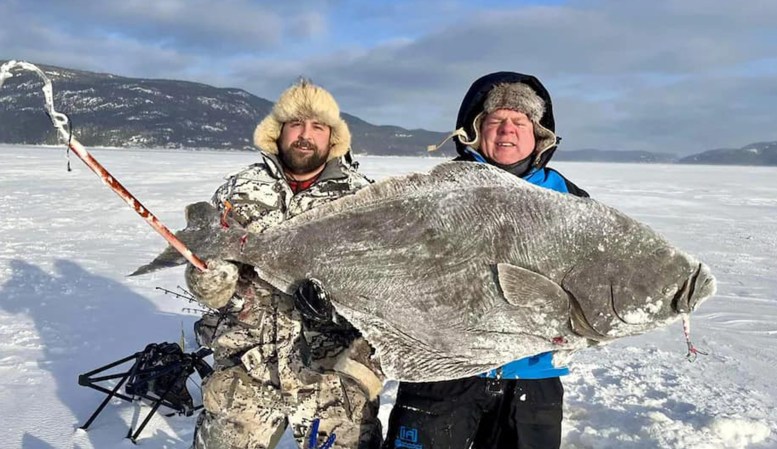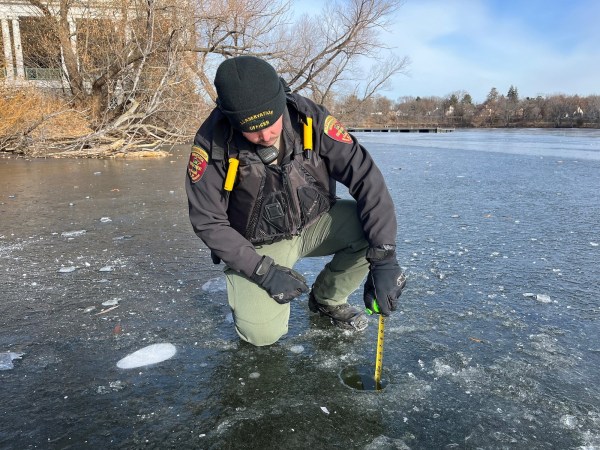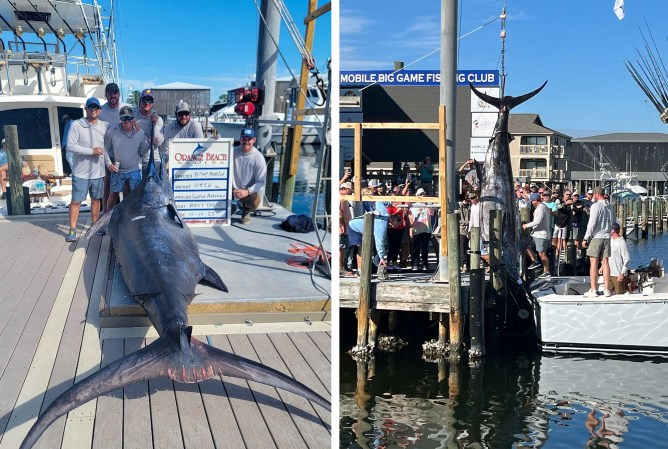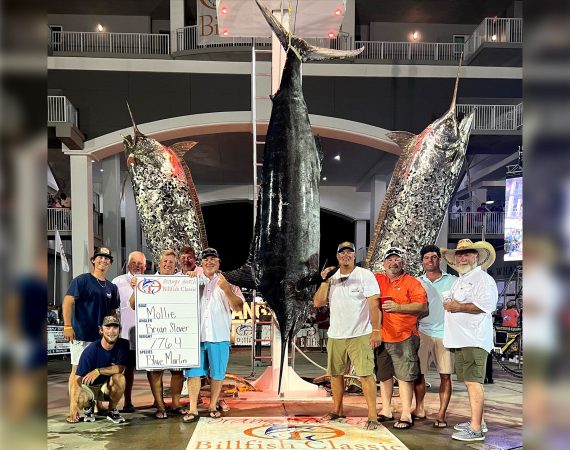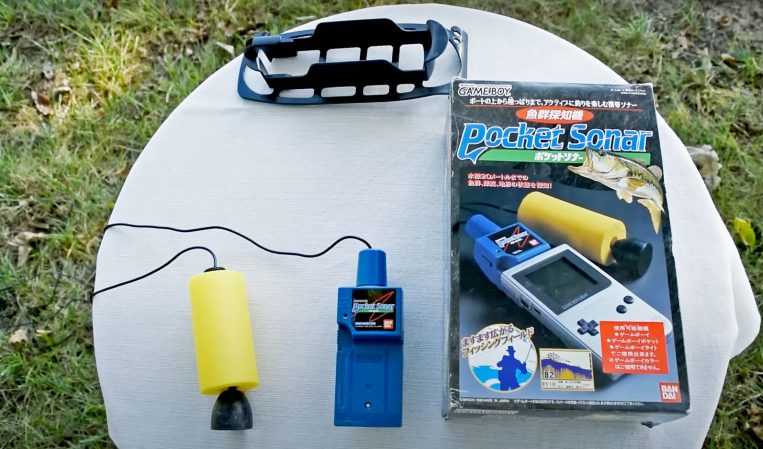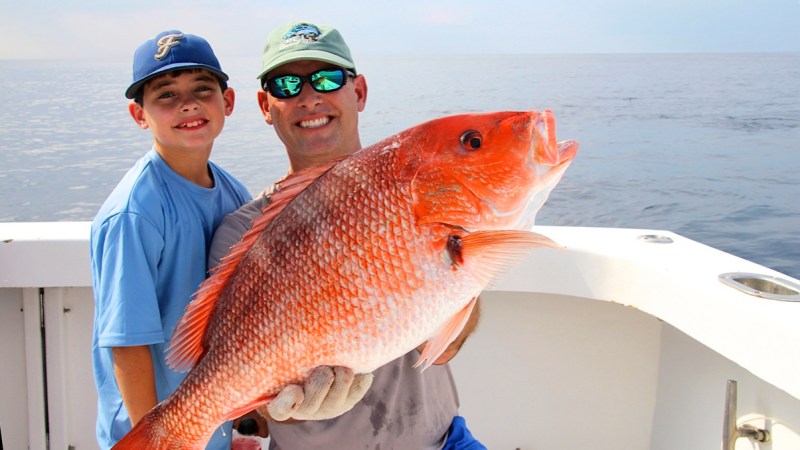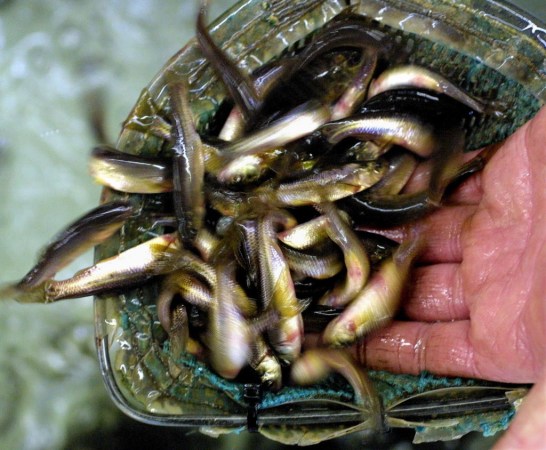Trust issues have always been a problem in fisheries science. Anglers the world over have often felt like their observations on the water provided better data than short-term or one-off scientific studies. This is particularly true when results noted in controlled environments are then assumed to be transferable to wild, free-roaming fish.
Fishermen commonly believe that what they witness with their own eyes paints a more accurate picture of a fishery, yet it’s usually the science that guides management. This very scenario has reached a boiling point in the world of crappies — of all things. It spawns from the issue of catching fish in deep water and in doing so, unintentionally killing them. It’s a twisted tale involving the war on technology, morals and ethics, and official data versus citizen (angler) science. And it leaves you asking: Who do I trust?
Understanding Barotrauma
Barotrauma is not part of the common vernacular for most freshwater anglers. That’s because, aside from a few rare scenarios and circumstances, the average freshwater fisherman doesn’t catch fish in deep enough water to have to worry about this affliction. Barotrauma occurs when a fish holding in deep water is brought to the surface too quickly. Instead of its air-filled swim bladder being able to slowly adjust to the decrease in water pressure as it would if it naturally took its time swimming up higher in the water column, the swim bladder expands rapidly.
When barotrauma occurs, it can be deadly to the fish. Even when measures to counteract it are taken quickly, there’s still not a 100 percent guarantee of survival.
Saltwater fishermen deal with barotrauma regularly, and I’ve personally reeled in more fish affected by it than I could count. When you hook into a fish at the bottom in approximately 60 or more feet of water, it’ll fight like crazy and suddenly just go dead on the line. When the pressure from its expanding swim bladder becomes too great, it can no longer swim. Its body fills with gas. Fish with barotrauma often come to the surface with their eyes popping out of their skulls and their stomach protruding from their mouths because they’ve inflated like a balloon during the ascent. If it’s a keeper snapper or grouper, in the box it goes, but if that fish must be released because it’s undersized or a non-target species, it needs angler assistance immediately
The air in the fish’s body won’t allow it to dive, so if you simply toss it back in the water, it’ll float on the surface and die. One way to help it survive is with a venting tool, a thick, hollow needle you insert at a shallow angle behind the pectoral fin. Done properly, you’ll audibly hear the trapped gas escape and watch the fish deflate so it can dive back to depth upon release. Another option is a descending device. These are clipped to the lip of the afflicted fish and have a clip for a heavy sinker. You then attach the entire thing to a fishing line and slowly lower the fish. When it gets deep enough for its swim bladder to regulate, the device automatically pops off the fish’s lip and you reel the tool back. States like Florida now require anglers targeting deep-water reef species to have a descending device or venting tool rigged and ready to go on board both in state and federal waters because so many fish were being killed as a result of barotrauma.
While freshwater anglers aren’t usually targeting fish deep enough that barotrauma is a concern, it’s important to know that barotrauma’s impact on fish is also relative to its size. Because crappies are fragile compared to big saltwater species — or even large- and smallmouth bass — the water doesn’t have to be hundreds of feet deep for barotrauma to occur. It can happen in water deeper than 30 feet, and in the winter, crappies flock to the deepest basins within lakes.
Read Next: A Tournament Angler’s Case for Safely Fizzing Bass Before Release
How Forward Facing Sonar Plays a Role
Just a few years ago, catching deep crappies while ice fishing was tricky. The best you could do was use an old-school flasher to locate them in a small radius below the hole you drilled. But crappies like to move around—especially after getting pressured—this meant drilling lots of holes and doing lots of work to stay on top of them. In a massive lake basin, you’d strike out more often than you’d hit a home run.
Then along came forward-facing sonar, a revolutionary technology that’s both awe-inspiring and highly controversial. Instead of projecting a cone straight down below your hole, forward-facing sonar allows you to look out hundreds of feet to the sides of the hole. Ice fishermen that adopted it to target crappies suddenly became far more efficient at locating schools deep and staying on them.
Understanding the challenges ice anglers faced, fisheries managers were not as concerned about barotrauma affecting crappies just a few years ago, but they are now. With the popularization of FFS, more anglers can effectively target crappies deep, and the anglers who do fish deep have the potential to catch more fish. The worry is that some of these anglers might catch many fish while filling their limit, keeping the big ones and throwing out the smaller ones (say, for example, they catch 30 fish before keeping their limit of 10). But if all those smaller fish are dying after they’re released (because of barotrauma) then deep-water anglers could be putting a crappie fishery in peril.
This increased efficiency has now made barotrauma a serious enough concern that a team from the Minnesota Division of Natural Resource decided to conduct a study on how it’s affecting crappie populations.
The Agency Says…

“I don’t care if it’s a 6-inch crappie or a 14-inch crappie. You’re killing all of them.”
That’s what host Jeremy Smith said in an AnglingBuzz video posted four years ago regarding deep-water crappie fishing on the ice. It’s worth mentioning because it’s not as though barotrauma wasn’t on the radar at all prior to forward-facing sonar. In the video, Smith suggests that anglers who choose to target winter crappies in basins deeper than approximately 25 feet should simply catch their limit and walk away or go target a different species in shallower water. In other words, if you catch a crappie deep, you should keep it. Smith was making a point about ethics, but saying that any crappie you catch deep was sure to die was indeed a bold statement. It’s also one that was disputed by many anglers. Just this year, AnglingBuzz released a new video in which they shadowed the Minnesota DNR as they attempted to formally quantify the effects of barotrauma on crappies.
The goal was to catch 50 crappies that were holding in water deeper than 30 feet, and to do so the team leaned on a large group of volunteer anglers. Caught fish were transported in buckets to a station where they were measured and fin clipped, after which they were released into a large, cylindrical hoop net that extended all the way back down to the depth at which they were caught. The fish were left overnight, and in the morning the team returned to see how many died, revived, or returned to their original holding depth. The results were not good.

Of the 50 fish captured, 16 died and 22 were deemed “non-releasable,” meaning while still alive, some effects of barotrauma made it impossible for them to return to the depths on their own. Only 12 fish recovered. Conversely, when the team conducted the same study with 50 crappies caught between 16 and 24 feet deep, only two fish were non-releasable and 48 recovered completely. When the Minnesota DNR conducted the study for a third time with 50 crappies caught between 22 and 26 feet in a 29-foot basin, 46 recovered and only 4 died.
Taken at face value, the science here seems pretty cut and dry: Crappies caught and released at depths of 26 feet or less survive more often, and those caught and released from depths greater than 30 feet die more often. In the video, host James Lindner says, “I think this is going to be a great deal for the future of crappie management.”
It is, in fact, studies like this that affect change in fisheries management. So, is this enough science to prove just how devastating barotrauma is on deep crappies in winter? According to fishing influencer Aaron Wiebe, the study is so flawed that it would be a travesty if it were used to alter fishing regulations.
The Angler Says…
Wiebe is the man behind the very popular YouTube channel, “Uncut Angling.” He’s also known for not shying away from speaking his mind. In a rebuttal video to AnglingBuzz’s barotrauma study, Wiebe — who is a staunch proponent of forward-facing sonar — first goes on the attack about how this technology can’t be blamed for any upticks in barotrauma to crappies. Yes, it’s better technology than ice anglers had 15 or 20 years ago, but targeting deep basin crappies on the ice is nothing new, and many anglers were very proficient at it prior to forward-facing sonar. His real gripe, however, was that the way the study was conducted gave crappies caught in 30 feet of water no real chance to survive.

According to Wiebe, the death blow to the 16 dead and 22 non-releasable fish was the amount of time the DNR team spent transporting them in buckets, measuring, and fin-clipping them before putting them back in the water. In the DNR study video, volunteers simply tossed the cataloged fish in the hoop net. Wiebe says had they been released properly and promptly, the results wouldn’t have been so negative. Then, he put his money where his mouth is.
Wiebe heads out onto the ice specifically to target crappies holding at depths greater than 30 feet. Using forward-facing sonar, he finds a school very quickly and begins hooking them in no time.
Wiebe keeps the fish out of the water only long enough for what he believes is ample time for an angler to grab a quick photo, then he lowers the fish back into the hole by its lower lip. He holds each crappie face up just under the surface, allowing air bubbles to escape from its mouth. Next, he physically closes the fish’s mouth, turns it around, and sends it back down headfirst.
In an ironic twist, he uses his forward-facing sonar as a tool to support his conservation-minded release method. He follows every released crappie with his electronics. Of the 12 he caught to match the number the study claimed recovered, every single one could be seen easily returning to its original holding depth with no trouble. Most of the crappies Wiebe released were caught in water deeper than the deepest captures by the DNR team.
It’s important to note that Wiebe doesn’t advocate for catching and releasing deep-water crappies all day long. He too believes the smarter thing to do is, in fact, catch a limit and walk away. However, his citizen science at least proves that not every crappie caught in 30 feet of water or more is destined to die. His video suggests that had all 50 crappies in the DNR study been released quickly and with care, they might have survived. Still, of the two opposing findings, it’s those of the government agency that are more likely to alter regulations.
Ethics Vs. Reality
If there’s one thing neither Minnesota DNR or Aaron Wiebe can account for, it’s individual angler ethics. If every single ice fisherman who targets deep-water crappies watched Wiebe’s video and adopted his release method, it’s fair to say more released crappies would likely survive. But that’s probably not going to happen.
Meanwhile, we can rag on the Minnesota DNR for messing with the fish too long and just unceremoniously tossing them back in the hole. But is that a better representation of what the average weekend ice angler would do? And if so, does it make more sense to use their findings to potentially alter regulations?
No matter the outcome, two things are certain: Not everyone is going to be happy with regulation changes if they occur, and the debate over whether forward-facing sonar is too powerful will rage on. In fact, it seems inevitable that it will continue to be the bad guy in niche fisheries like deep-water crappies on the ice, and the more efficient we become as anglers, the more likely it’ll be that the seasons, bag limits, and size limits we’ve gotten comfortable with may change.

